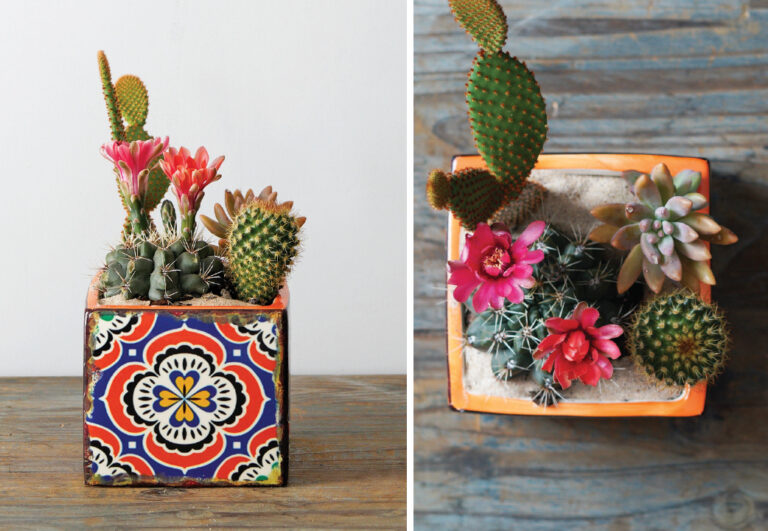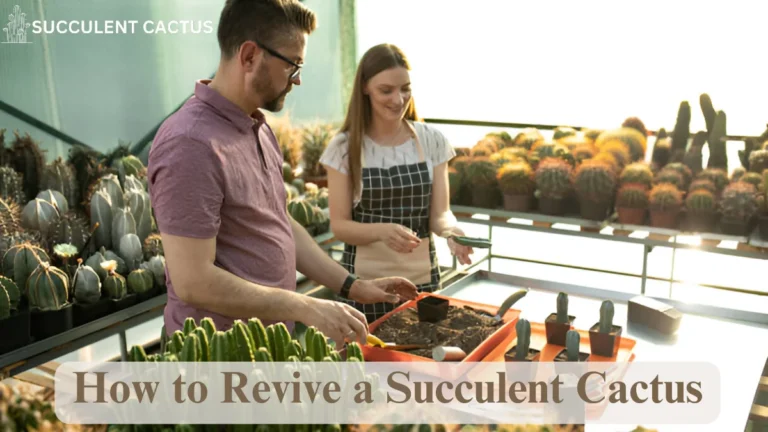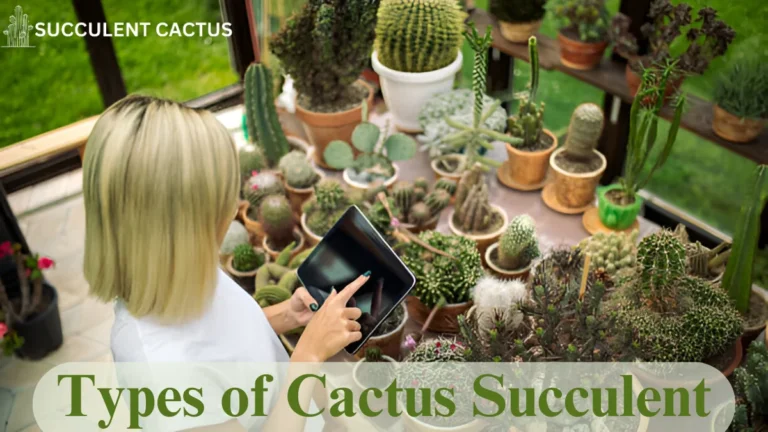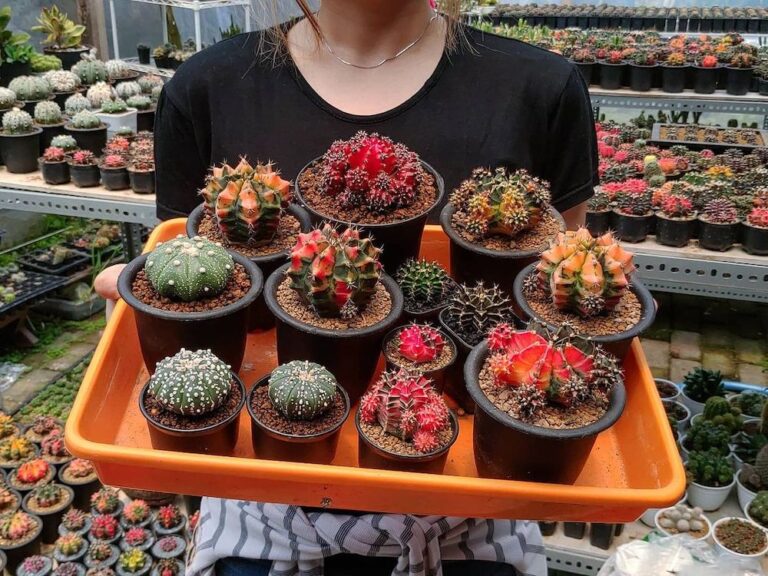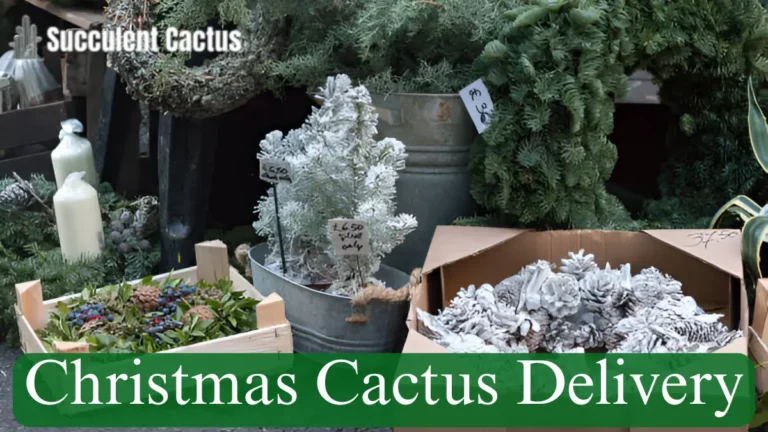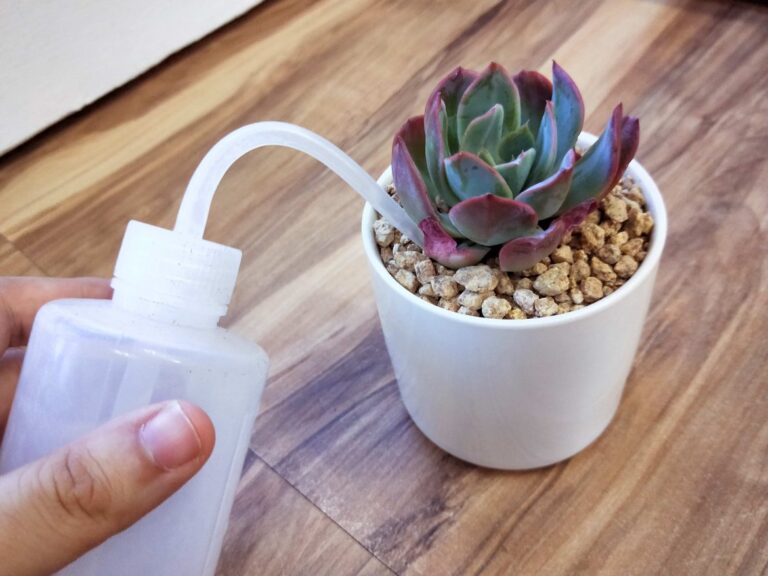Succulent Plant Representative Species: A Comprehensive Guide
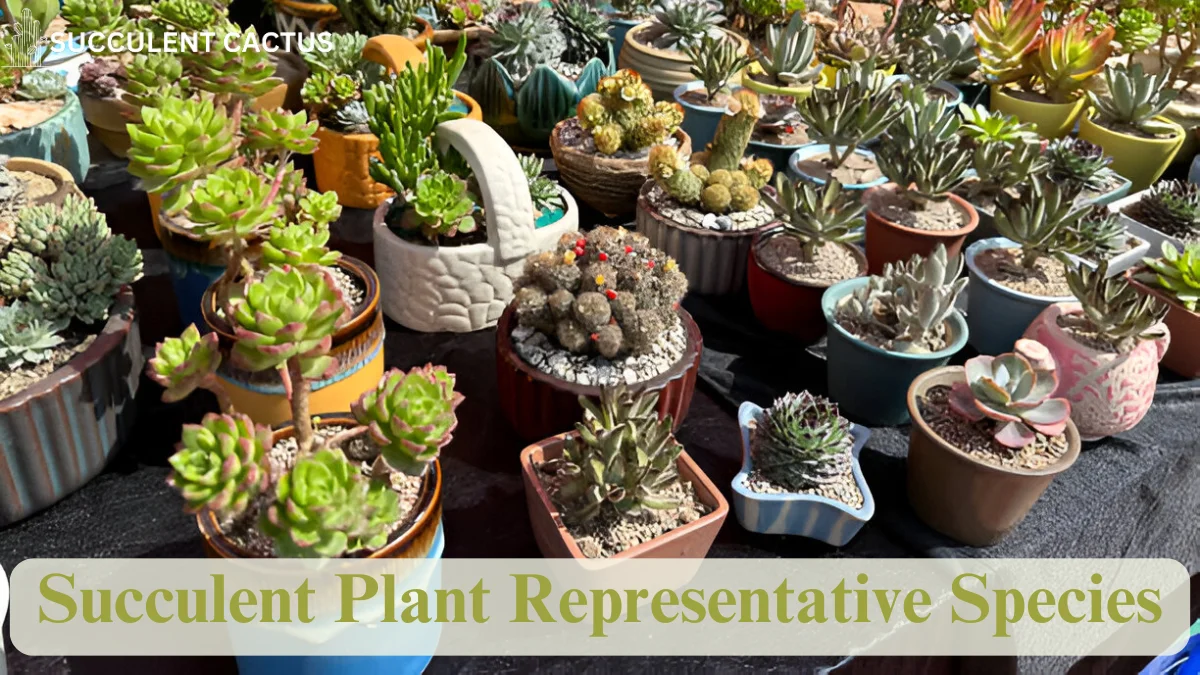
Succulents are some of the most diverse, resilient, and visually stunning plants found in nature. Their ability to store water in their leaves, stems, and roots makes them ideal for arid environments and low-maintenance gardening. Within the vast world of succulents, certain species stand out as representative species due to their unique adaptations, popularity, and significance in botanical studies. In this detailed guide, we will explore twelve major representative species of succulent plant, their growth patterns, environmental preferences, uses, and care requirements. Whether you are a succulent enthusiast, a collector, or a beginner, understanding these species will help you cultivate and appreciate these remarkable plants.
Agave: The Iconic Desert Succulent
Agave is a well-known Succulent Plant Representative Species, often associated with deserts and tequila production, recognized for its large, fleshy, spiky leaves that form a stunning rosette.
Appearance and Growth Patterns
Agave plants feature:
- Thick, fleshy leaves arranged in a symmetrical rosette.
- Sharp spines on leaf edges for protection.
- Slow-growing nature, with some species taking decades to mature.
Most agave species are monocarpic, meaning they flower only once in their lifetime before dying. When mature, an agave sends up a tall flowering stalk that can reach up to 30 feet in height.
Environmental Preferences
Agaves thrive in hot, dry climates and require:
- Full sun exposure for at least 6 hours daily.
- Well-draining soil, preferably sandy or rocky.
- Minimal watering, as they are highly drought-resistant.
They are native to Mexico, the southwestern U.S., and parts of South America, where they dominate arid landscapes.
Uses and Significance
Agaves serve various purposes, including:
- Tequila and Mezcal Production: Agave tequilana (blue agave) is the primary source of tequila.
- Fiber Production: Agave sisalana (sisal) is used for making ropes, mats, and textiles.
- Ornamental Landscaping: Their dramatic shape and drought tolerance make them ideal for xeriscaping.
Aloe Vera: The Healing Succulent
Aloe vera is a Succulent Plant Representative Species, widely recognized for its medicinal and skincare benefits.
Medicinal Benefits
Aloe vera gel, extracted from the plant’s thick leaves, contains over 75 active compounds, including vitamins, minerals, amino acids, and antioxidants. This gel is used to:
- Heal burns, wounds, and cuts due to its soothing properties.
- Treat acne and skin conditions like eczema.
- It aids digestion and boosts gut health when consumed in small quantities.
Growing Conditions
Aloe vera thrives in:
- Bright, indirect sunlight (too much direct sun can scorch its leaves).
- Well-draining soil with sand or perlite.
- Minimal watering, allowing the soil to dry completely between waterings.
Common Uses
Besides medicinal uses, aloe vera is popular for:
- Juices and herbal medicine.
- Air purification, as it removes toxins from indoor air.
- Aesthetic houseplant decor, given its low maintenance.
Echeveria: The Rosette Succulent
Echeveria species are a Succulent Plant Representative Species, prized for their beautiful, compact rosettes and stunning color variations.
Distinctive Features
- Thick, waxy leaves arranged in a rosette pattern.
- Leaves appear in shades of green, pink, purple, and blue.
- Produces delicate, bell-shaped flowers on tall stalks.
Growth and Care Requirements
Echeveria thrives in:
- Bright, direct sunlight (at least 6 hours per day).
- Well-draining soil, such as cactus mix.
- Minimal watering, as overwatering leads to root rot.
Landscaping and Decoration
Echeveria species are widely used in:
- Rock gardens and succulent arrangements.
- Wedding bouquets and centerpieces.
- Terrariums and vertical gardens.
Lithops: The Living Stones
Lithops, commonly called living stones, are a Succulent Plant Representative Species that resemble small pebbles.
Unique Adaptations
- Each plant consists of two fused leaves.
- Mimics surrounding rocks to avoid being eaten.
- They store water for long periods, making them incredibly drought-resistant.
Habitat and Growing Conditions
Lithops are native to South Africa and thrive in:
- Extremely dry conditions with minimal rainfall.
- Well-draining, rocky soil.
- Full sunlight exposure.
Cultivation and Challenges
- Very slow growth, requiring patience.
- Minimal watering, as overwatering can be fatal.
- Bright light is essential to maintain their compact form.
Haworthia: The Beginner’s Succulent
Haworthia species are a Succulent Plant Representative Species, small, easy-to-grow succulents that are perfect for indoor gardening.
Key Features
- Dark green pointed leaves with white patterns.
- Compact and low-growing, making them ideal for small pots.
- Non-toxic to pets, unlike some other succulents.
Growing Tips
Haworthia requires:
- Bright, indirect light (can tolerate some shade).
- Infrequent watering, allowing soil to dry out.
- Good airflow to prevent fungal infections.
Why People Love Haworthia
- Low maintenance, making it ideal for beginners.
- Aesthetic appeal in minimalist plant designs.
- Thrives indoors, even in low-light conditions.
Crassula: The Lucky Succulent
Crassula is a diverse genus of succulents, with over 200 species, the most famous being the Jade Plant (Crassula ovata). This genus includes many compact, hardy, and visually appealing plants that thrive in indoor and outdoor settings.
Common Species in the Crassula Genus
Crassula plants come in various shapes, sizes, and colors. Some of the most popular species include:
- Crassula ovata (Jade Plant) – A well-known houseplant believed to attract wealth and prosperity. Its thick, oval-shaped leaves store water efficiently.
- Crassula perforata (String of Buttons) – Features a stacked leaf formation, resembling beads strung together.
- Crassula capitella (Red Pagoda) – A striking succulent that turns red in bright sunlight, adding vibrant color to any collection.
Each of these species has its own distinct look and care requirements, making Crassula a fascinating genus for succulent enthusiasts.
Care and Maintenance of Crassula Species
Crassula species are relatively easy to care for, making them an excellent choice for beginners. Here are some essential care tips:
- Light: Crassula plants prefer bright, indirect sunlight, but some species can tolerate direct sun.
- Watering: Water sparingly, allowing the soil to dry out completely between waterings.
- Soil: Use a well-draining mix, such as a cactus soil blend with perlite or sand.
- Propagation: Most Crassula species can be propagated from leaf or stem cuttings.
Cultural Significance and Uses of Crassula
- Jade Plants as Symbols of Prosperity: Many cultures associate Jade Plants with wealth and good fortune, making them popular gifts during the New Year or business openings.
- Landscaping and Decor: Crassula species are perfect for rock gardens, dish gardens, and indoor pots.
- Air Purification: Studies suggest that Jade Plants can help remove toxins from the air, making them a functional and decorative houseplant.
Sedum: The Versatile Succulent
Sedum, also known as stonecrop, is a diverse genus with over 400 species of hardy, low-maintenance succulents. These plants are widely used in landscaping, ground cover, and container gardens.
Common Sedum Varieties
Sedum species come in a variety of forms, from low-growing ground covers to upright plants. Popular types include:
- Sedum morganianum (Burro’s Tail) – Recognized for its trailing stems covered in plump, blue-green leaves.
- Sedum rubrotinctum (Jelly Bean Plant) – Small, colorful leaves that turn red or orange in full sun.
- Sedum spectabile (Showy Stonecrop) – A larger species with pink flowers that attract pollinators.
Ideal Growing Conditions for Sedum
Sedums are incredibly adaptable, thriving in various conditions:
- Sunlight: Most Sedum species need full to partial sunlight.
- Soil: Well-draining soil is essential; they thrive in rocky or sandy environments.
- Watering: They prefer drought conditions, so water sparingly.
Sedum in Landscaping and Gardening
Sedum species are widely used for:
- Ground Cover: Some varieties spread quickly, making them ideal for covering bare garden spots.
- Roof Gardens: Their resilience makes them perfect for green roofs that conserve energy.
- Pollinator Attraction: Many species attract butterflies and bees, promoting biodiversity.
Kalanchoe: The Flowering Succulent
Kalanchoe species are known for their bright, long-lasting flowers and easy care, making them popular in homes and offices.
Popular Kalanchoe Species
- Kalanchoe blossfeldiana – A well-known flowering species with blooms in red, pink, yellow, and orange.
- Kalanchoe tomentosa (Panda Plant) – Recognized for its fuzzy, gray-green leaves with brown edges.
- Kalanchoe daigremontiana (Mother of Thousands) – Produces baby plantlets along its leaves, making it a prolific propagator.
Best Practices for Growing Kalanchoe
- Lighting: Prefers bright, indirect light but can tolerate some shade.
- Watering: Water only when the topsoil is completely dry.
- Temperature: Thrives in warm environments (65-85°F / 18-29°C).
Benefits and Uses of Kalanchoe Plants
- Houseplants: Due to their long-lasting flowers and minimal care needs, they are great for home decor.
- Medicinal Properties: Some species have been used in traditional medicine to treat infections and inflammation.
- Gifting: Their vibrant blooms make them a popular gift for celebrations.
Euphorbia: The Cactus-Like Succulent
Euphorbia species resemble cacti but belong to a different plant family.
Key Features of Euphorbia
- Some species have thorns similar to cacti.
- Milky sap can be toxic if ingested.
- Diverse forms, from small shrubs to towering trees.
Care and Growth Habits
- Sunlight: Prefers full sun to partial shade.
- Soil: Requires well-draining, sandy soil.
- Watering: Drought-tolerant and needs infrequent watering.
Notable Euphorbia Species
- Euphorbia milii (Crown of Thorns) – Known for bright red flowers.
- Euphorbia obesa (Baseball Plant) – A round, compact species that mimics a ball.
Sempervivum: The Hardy Houseleek
Sempervivum, commonly called hens and chicks, are cold-hardy succulents.
Growth Patterns and Features
- Forms tight rosettes with smaller offsets (“chicks”).
- Tolerates harsh, cold temperatures.
- Thrives in rocky environments.
Care Tips
- Full sun is best for vibrant colors.
- Water sparingly, as they are drought-resistant.
- Cold-hardy, making them ideal for outdoor gardens.
Uses in Landscaping
- Rock gardens and alpine setups.
- Roof gardens for insulation.
- Container gardens for easy maintenance.
Graptopetalum: The Ghost Plant
Graptopetalum species are delicate succulents with pastel-colored leaves.
Popular Species
- Graptopetalum paraguayense (Ghost Plant) – Pale, pinkish leaves.
- Graptopetalum bellum – Produces stunning pink flowers.
Care Guidelines
- Prefers full sun for best coloration.
- Needs well-draining soil.
- Propagates easily from leaf cuttings.
Why Grow Graptopetalum?
- Visually appealing with soft pastel tones.
- Great for mixed succulent arrangements.
- Low maintenance, making them ideal for beginners.
Pachyphytum: The Chubby-Leaved Succulent
Pachyphytum species are small, plump-leaved succulents.
Common Species
- Pachyphytum oviferum (Moonstones) – Features round, powdery leaves.
- Pachyphytum compactum – Has geometric leaf shapes.
Growing Conditions
- Prefers full sun to partial shade.
- Requires fast-draining soil.
- Water infrequently.
Best Uses
- Perfect for indoor pots.
- Great in combination with Echeveria.
- Ideal for collectors due to unique leaf shapes.
FAQs
1. What are the best succulent species for beginners? Haworthia, Echeveria, and Jade Plants are easy to grow and require minimal care.
2. How often should I water my succulents? Most succulents need watering every 2-3 weeks. Overwatering is the biggest cause of plant death.
3. Can succulents survive indoors without sunlight? While some succulents tolerate low light, most require bright indirect sunlight.
4. Are all succulents pet-friendly? No, some succulents like Aloe vera and Agave are toxic to pets. Safe options include Haworthia and certain Crassula species.
5. How do I prevent my succulent from rotting? Use well-draining soil, avoid overwatering, and ensure proper airflow.
Conclusion
Succulent plants come in incredible varieties, each with distinct characteristics and care requirements. By selecting the right representative species, you can build a diverse and thriving succulent collection suited to your environment.
Would you like more specific care tips? Let me know!

